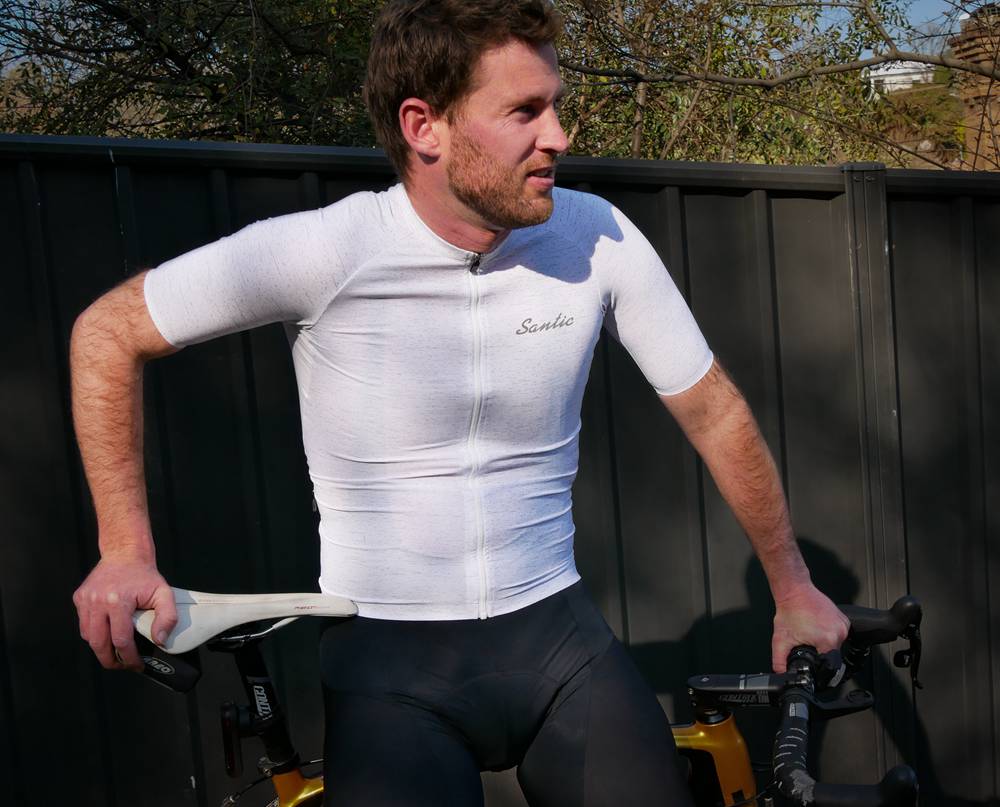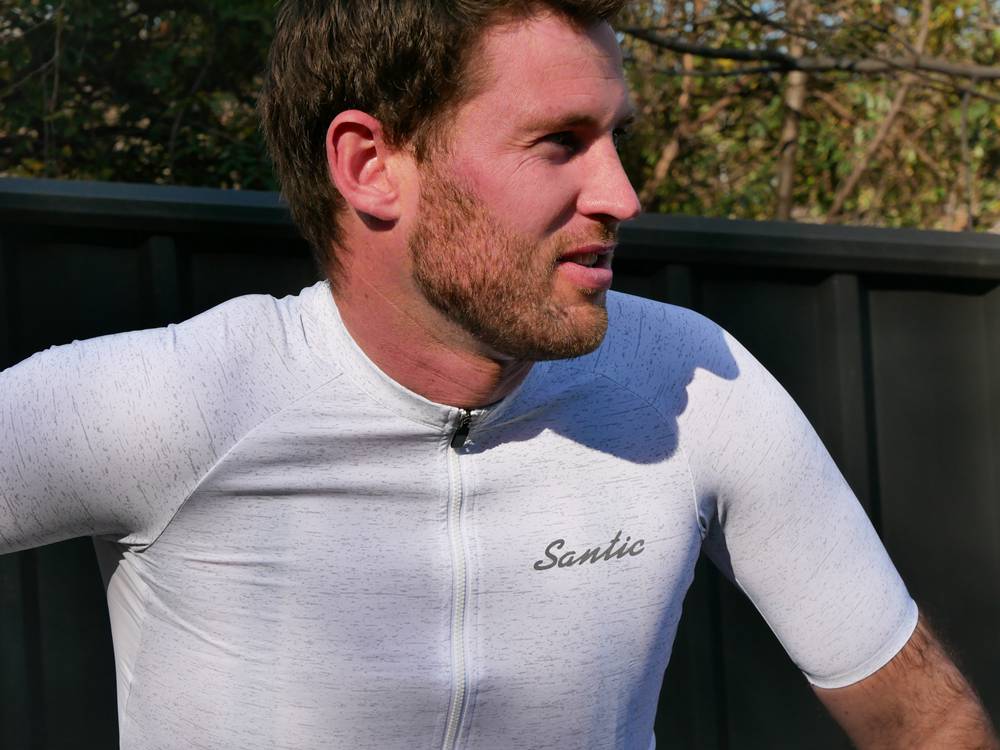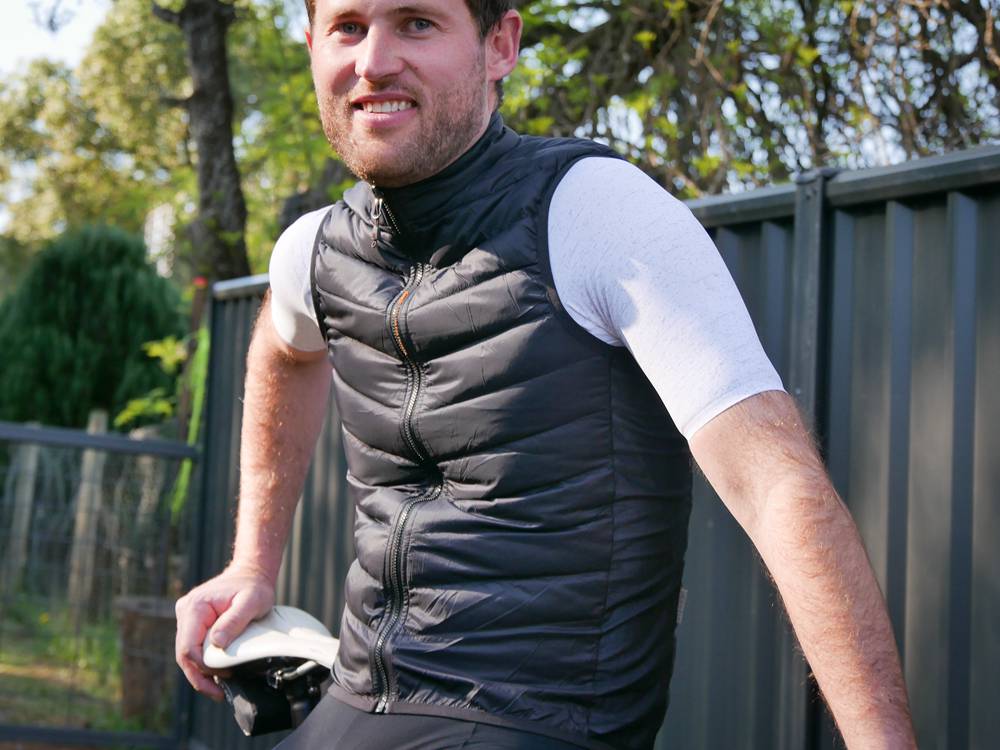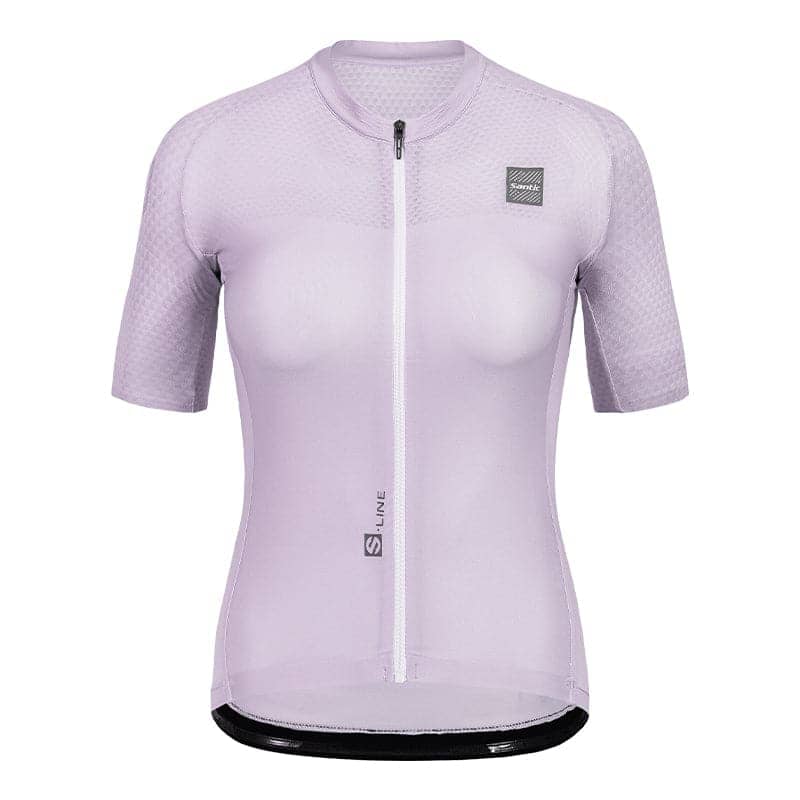How to get into cycling: Bike Basics
Cycling is a great way to stay fit and get around town. But jumping on a bike without any previous experience or understanding of how cycling works can be intimidating for many people. So, the first step in getting into cycling is always to know a few things about bikes and the components that go into them.
So here's what you'll need to know to make your first ride.
Steps to take before you ride
If you are new to cycling, here are detailed points to consider before you go for that first ride.
1. Get the right bike.
Don't just pick a bike because it looks nice or rides smoothly. Go to your local shop and get a better bike that aligns with your body shape and size. In the section below, we shall check the crucial points to consider when purchasing that first road bike.
2. Inspect your bike
After acquiring your bike, the first thing you should do is inspect it thoroughly. Ensure there are no damaged parts. If there are, you must replace these before you can start riding safely.
Set the seat height, and ensure your feet are firmly planted on the ground when seated on the saddle. The tires should be inflated to the maximum pressure – about 25 psi in most cases.
If you don't know how to tune the bike, ask a friend or a local shop owner for assistance. Or, if you just want to save money, take your bike back to the store where you purchased it and have them do it for you.
3. Stack the right gears.
Look for good-fitting clothes to keep you comfortable on and off your bike. You also want to wear a helmet for the safety of yourself and others. It is wise that the helmet needs to be at least finger width above the eyebrows. If not, you may have to adjust the straps or look for a better-fitting one when you first start riding.
A water bottle is helpful, too, if your ride takes you far from home. Ensure all of your parts are correctly adjusted to ride efficiently and safely.
4. Find a safe route
Once you get your dream bike and everything is intact, it is safe to ride. Before you begin, you should ask about your area's safest routes. Find out which areas are good to ride and which areas to avoid.
If you have a smartphone or GPS device, use it to find safe routes while learning how to cycle. It will not only help keep you safe on your first few rides but also help you find alternate roads for future rides.
Shun from paths with heavy traffic, aggressive dogs, and uneven pavements.

5. Have your practice spin
Learn how to pedal, steer, stop, and use your gears before you hit the open road. While learning how to ride is helpful, getting too familiar with it can be dangerous.
Take your time while learning how to ride and practice safety before trying out any longer rides that take a lot of effort from you. It will also help you become calmer and more comfortable when riding faster.
Begin with short rides for at least two weeks before attempting any long rides. Learning to ride slowly is better than hurting yourself or someone else on your route.
6. Listen to your body
Be mindful of your body's responses while cycling. You can also listen to the sounds your bike makes. If parts don't work right or sound odd, make sure to get them fixed or replaced accordingly.
7. Follow the rules of the road
Cycling is like driving, so you should always know other road rules. It includes not riding on sidewalks, waiting at red lights, and not riding on expressways unless instructed by law enforcement or a traffic light specifically for cyclists.
Do not ride in heavy traffic where you can be hit from behind. Cyclists have been killed while trying to lane-shift into a passing lane.
8. Enjoy it
Cycling is a fun exercise that you can do anytime and anywhere. It is an excellent way to exercise while getting fresh air and getting to know your neighborhood.
Remember that it is a physical activity; you should always be prepared for it. Know the rules, and don't get too comfortable with your bike. Ride safely and enjoy your newfound hobby.
9. Do your post-ride stretches
After your first ride, stretching your muscles and joints to prevent discomfort would be great.
For minor injuries, it is best to avoid cycling for a couple of days so the injury can properly heal and prevent any further damage.

Which road bike should a beginner start with?
The ultimate road bike for beginners would be comfortable and affordable. You want a bike that gives you a smooth, steady ride with minimal effort.
Here is a list of options to pay attention to when getting your first road bike.
1. Triban RC120
The aluminum frame of the Triban RC120 is lightweight and built to last. It has a wide-range cassette that allows you to effortlessly cycle at higher speeds without feeling tired.
The bike also has hydraulic disc brakes, offering significantly better-stopping power than a traditional brake. Its wheels are also strong, with no chance of flat tires even after subsequent rides.
2. Cannondale Quick 2
The Cannondale Quick 2 road bike has a comfortable saddle, ergonomic handlebars, and powerful disc brakes. You will have a good time on the bike while riding.
Even though this bike may be more expensive than other bikes on the market, it is also one of the best durability road bikes.
3. Trek 1.2
The Trek 1.2 comes with an alloy frame and full suspension fork, which absorbs bumps while still being solid. Even if you are riding at a higher speed, the Trek 1.2 will not wobble or shake.
The bike also comes with a Shimano shifter system which helps maintain smooth shifting, especially when you are in traffic lights and using heavy gear to climb hills simultaneously.
The Shimano brake system of the bike is also excellent, with an adjustable lever that allows for smooth deceleration even if you have to stop suddenly.
4. Giant Defy 2
The most significant selling point of the Giant Defy 2 is its versatility. You can use the bike for road, mountain, and triathlon races. It is a good choice for beginners who want to be versatile in biking activities.
Other bike features include an alloy frame and Shimano hydraulic disc brakes, which are reliable in stopping power and adjustability. The wheels are good, too, though they may need some maintenance and adjustments occasionally.
The bike also comes with multiple gears, so you can cycle at different speeds without adjusting your shift down or up all the time.
5. Orbea Orca
The Orbea Orca bicycle is equipped with high-quality components, which makes it an excellent choice for beginning cyclists. Despite the bike's lack of speed, it has a lightweight aluminum frame, making it a breeze for long rides. The high-quality tires are also great for biking, no matter how rocky or uneven the ground may be.

How long does it take to become a great cyclist?
There is no guaranteed number of days or weeks that you need to ride to become a better and more professional cyclist. However, you can expect to work hard and bring home at least 3-4 pounds of sweat weekly.
The best way to make significant strides on your journey is by testing your limits, which you can do by riding frequently. The more time you spend on the road, the better cyclist you will become over time.
What to consider before buying your first road bike
Now that you have decided to start cycling, you must pick the right bike first. Now that you know more about cycling, it is good to know the many factors you must consider before buying your first road bike.
1. Purpose
Remembering the purpose of buying your bike will help determine how much money you will spend on a road bike. If you want to cycle competitively, you will want a fast, high-quality bicycle that can handle more aggressive riding than casual cyclists who want a comfortable and safe ride.
2. Budget
Knowing your range of prices will help you narrow down your choices. Do not forget to include the accessories and services you will need to operate and maintain your bike in your budget. These include helmets, gloves, clothes, saddlebags, and other tools like a pump or chain links.
Also, consider the check-ups you may need from time to time and the cost of any repairs necessary when using your bike for an extended period.
3. Aluminum or Carbon Fiber Frame
There are two main ways of constructing the exterior body of your bike, either using an aluminum frame or a carbon fiber frame. Both of these materials are effective in providing a solid bicycle frame. However, an aluminum frame is a little more affordable than carbon fiber.
4. Wheel Size
The wheel size will significantly affect your biking experience. Most road bikes have either 26" or 700c wheels and either the "regular" or "compact" frame sizes, which are: Small 25", Medium 26" Large 28".

5. Braking system
Rim or disc brakes? Which one to choose?
Rim brakes are inexpensive and widely used. They are more convenient when cycling on rough terrain such as gravel or sand because they do not require adjusting the brake levers.
Disc brakes offer better stopping power and are ideal for hard-packed concrete roads or single-track trails where the cyclists above them constantly weigh the wheels down. They require adjustment every six months to ensure your braking system functions appropriately according to the manufacturer's specifications.
6. Bike size
Before you buy a bike, it is best to consider the size that will be best for you. Bicycle sizes are measured from the stand to the ground from the center of one spoke to another. The stand is where your bike rests when you are not riding.
For example, if your bike size is between Large and Extra-Large, you will want one that measures 5'5 and 6 feet. It will allow enough room for comfort and prevent injuries such as pinched nerves or knees during hard pedaling.
7. Maintenance level
You may have to do bike maintenance now and then. If so, you must buy a bicycle with an easy-to-use system for maintaining its gears and other parts.
8. Product brand
A great bike brand will last you a long time. It will be more efficient for your bike to have a product that is not that expensive and easy to maintain compared with one made by another brand that does not last long.
9. Aesthetics
As an individual looking for a new bicycle, you will want to consider your aesthetic senses when buying a bike. There are many styles and designs of bicycles on the market today. If you are a person who is into fashion, it would be a good idea to consider riding a bicycle with an eye-catching design.
10. Components
Take note of the groupset (shifters, derailleurs, and brakes) and other bike components. Higher-end groupsets offer smoother gear changes and better overall performance but may come at a higher price.
11. Handlebars
Road bikes typically have drop handlebars, which provide different hand positions for varying riding postures. Make sure you feel comfortable and confident using this handlebar style.

Conclusion
Getting into cycling is a great way to get fit and be more active. When biking, you will burn calories and toned muscles while getting all the cardiovascular exercise that your body needs.
If you want to be a professional road cyclist or continue to increase your fitness level, it is best to take cycling seriously as well. The tips provided in this article will help you on your way to becoming a great cyclist.
Related Articles
【Kids Cycling】
https://santic.com/blogs/extra/kids-cycling
【Basic Skills Beginners Cyclists】
https://santic.com/blogs/extra/basic-skills-beginners-cyclists
【Bicycle Safety】
https://santic.com/blogs/extra/bicycle-safety


